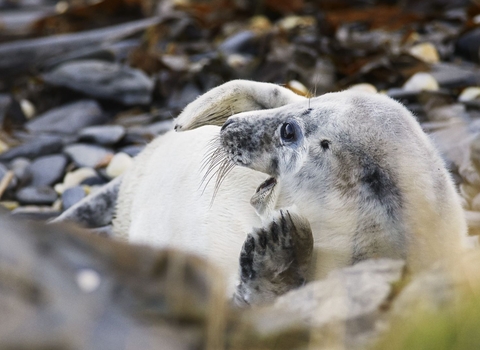Apex Predator of the Irish Sea
British Isles have long lost its land apex predators of wolf, lynx and brown bear, all hunted to extinction in the past thousand years. Our seas however, still have a more intact ecosystem and in the Irish Sea the top predator is the Atlantic Grey Seal. Apex predators help maintain complexity and diversity in an ecosystem. By predating the smaller predators such as large fish, lobster and octopus, other animals can thrive. Seal activity is spread unevenly around the coast which creates further layers of complexity for our biodiversity.
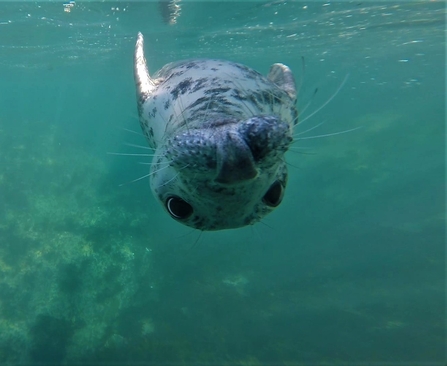
Bigger than a Bear
As apex predators go the Atlantic Grey Seal is quite a beast, look at the average weight comparisons.
Lynx 25kg
Wolf 50kg
Brown Bear 180kg
Grey Seal 200kg
Outside the Irish Sea, even the mighty grey seal is no match for the 3-6 tonne killer whale, which regularly eats them!
Seals on the Isle of Man
Atlantic grey seals are currently doing well on the Isle of Man. The UK has 40% of the world’s population and the Island’s thriving population of around 600 is a part of a conservation success story that has seen the Grey seal return from the edge of global extinction 100 years ago.
Every Autumn, the female seals will go to their pupping beaches to give birth to young. These beaches can be in many parts of the coast, but the Calf of Man is the key pupping site, with an average of 60 plus pups successfully raised each year.
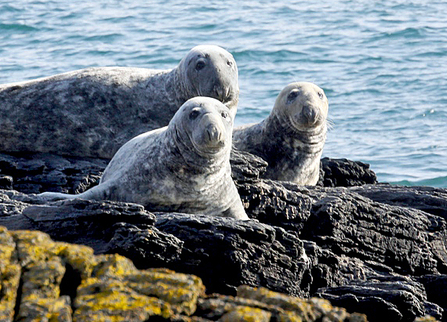
(c) Eleanor Stone
What We Do
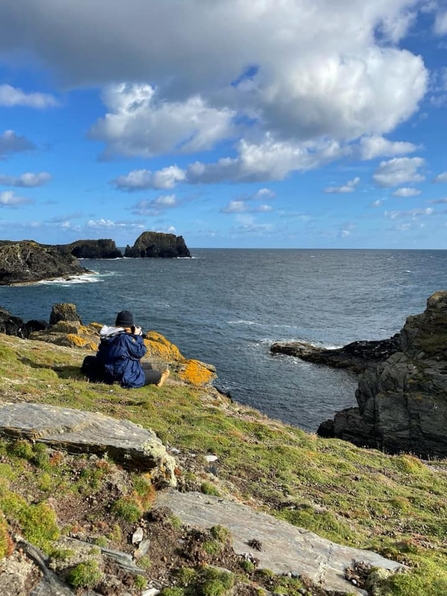
Calf seal pupping survey
Surveys of pub survivability has been ongoing since 2009, with pup births being fairly stable over the last few years at around 60+ individuals, increasing to 90+ individuals in 2023. Photo ID work is also undertaken to help identify individuals and comparisons with Cornwall’s catalogue of seals has shown we have two matches so far, highlighting the huge distances the seals will travel throughout the year.
You can view the most recent Calf of Man Seal Survey reports below:
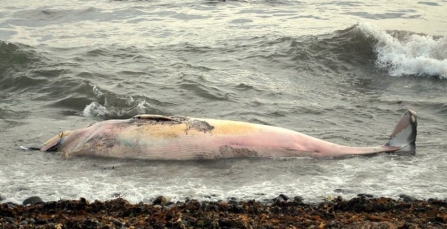
Dead Marine Mammal Strandings
MWT, on behalf of DEFA, attend dead marine mammal strandings. This includes seals but other megafauna such as cetaceans and basking sharks. The aim is to monitor species and hopefully ascertain cause of death, which is generally very difficult to do. This data then feeds into a national programme which records all strandings around Great Britain, called CSIP (Cetacean Stranding Investigation Programme), enabling monitoring of these important species at a much larger scale.
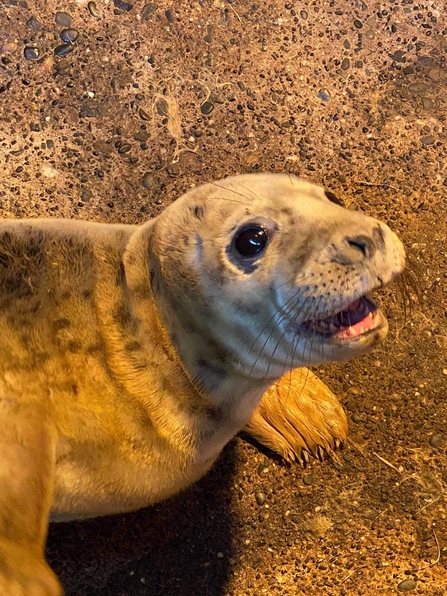
Crunchie the seal pup, rehabilitated and released back into the wild in November 2021.
Supporting the seal rescue team
A team of trained volunteers have in the past 3 years been helping to monitor our seal pups and juveniles that have been hauling up in less than suitable locations and ensuring they are healthy. Often, they are tired and just need rest but on some occasions they are sick or injured and need specialist care. Where this is the case, they are taken to our rehab centre in the north of the Island where they are cared for by a dedicated volunteer.
Project Partners


